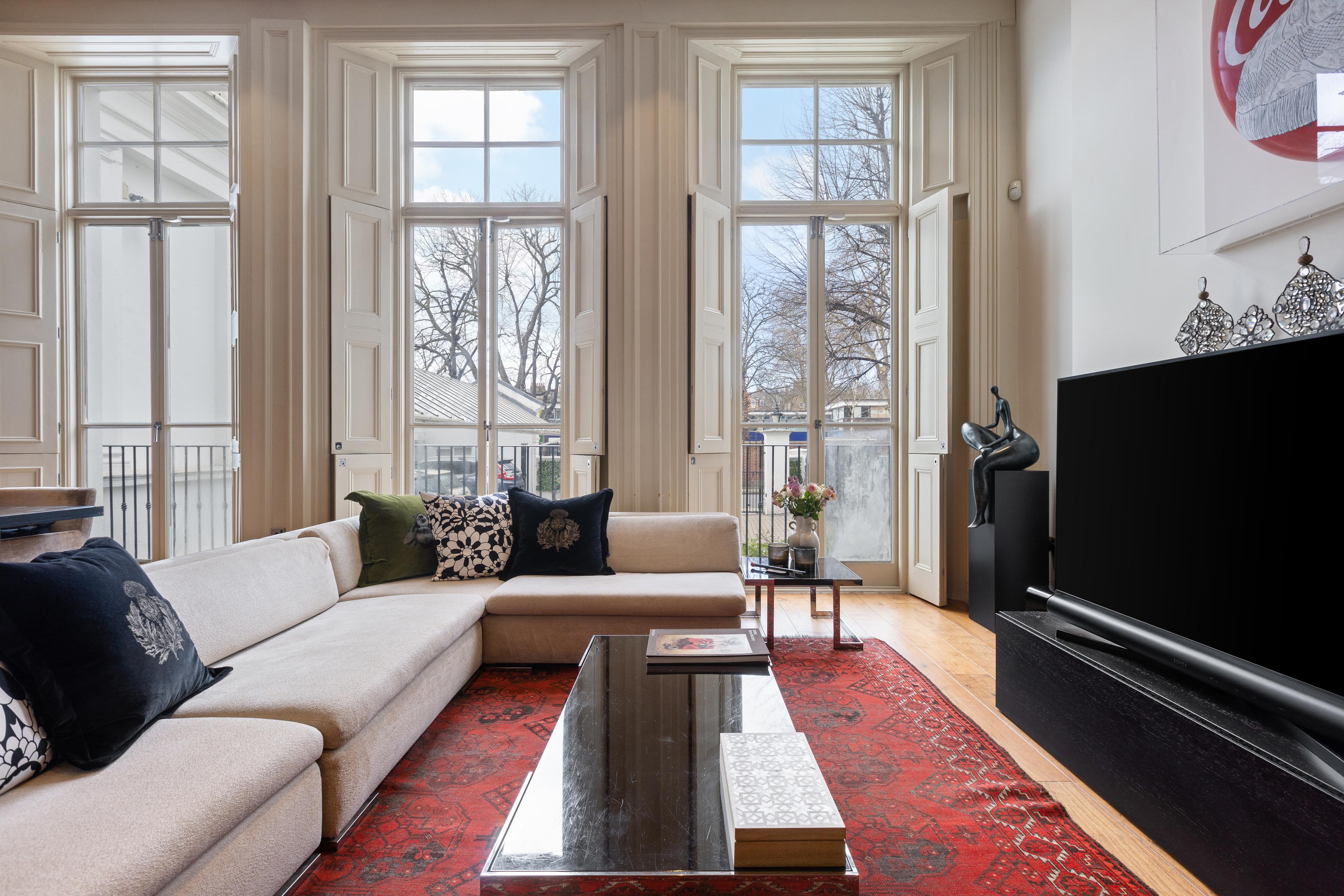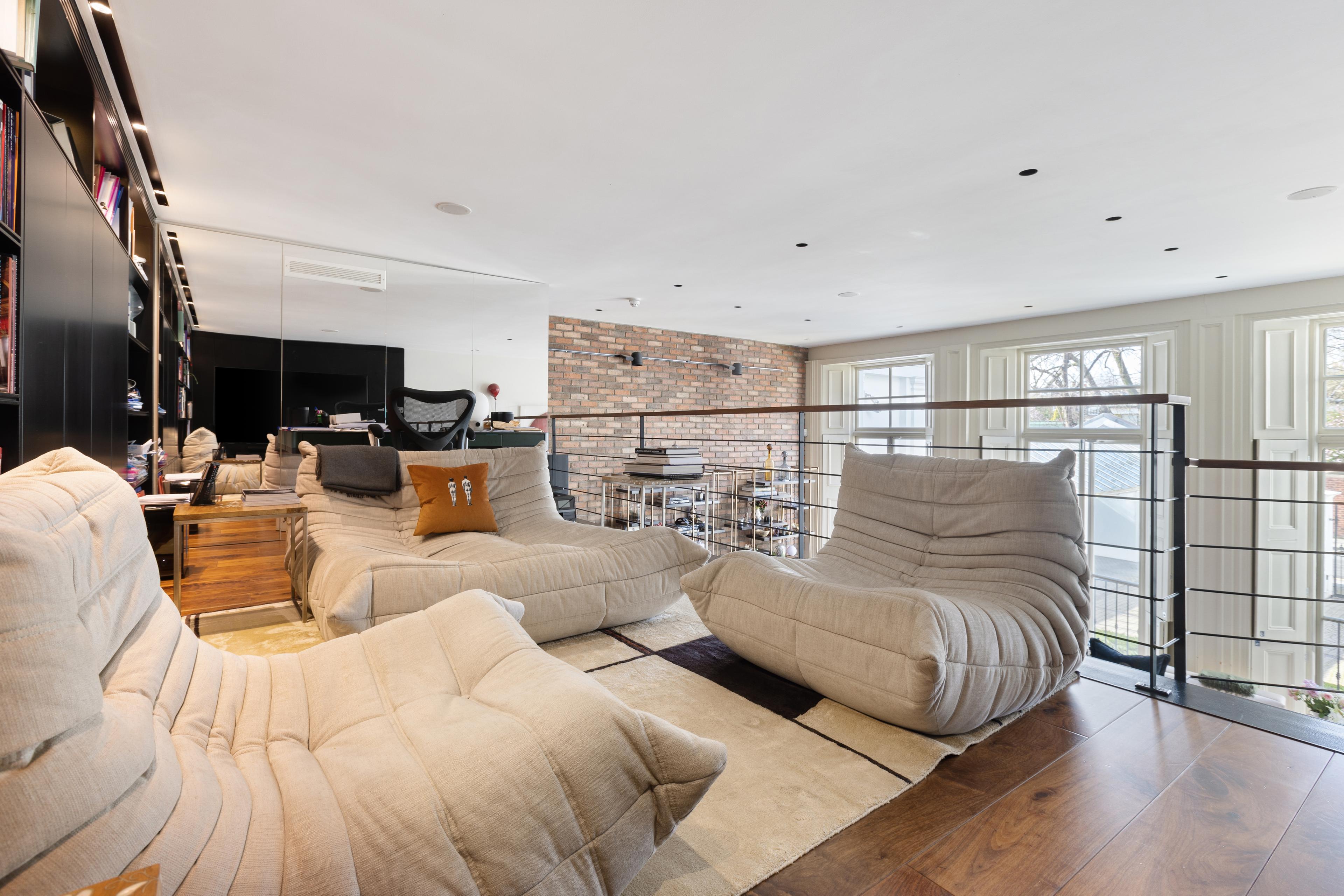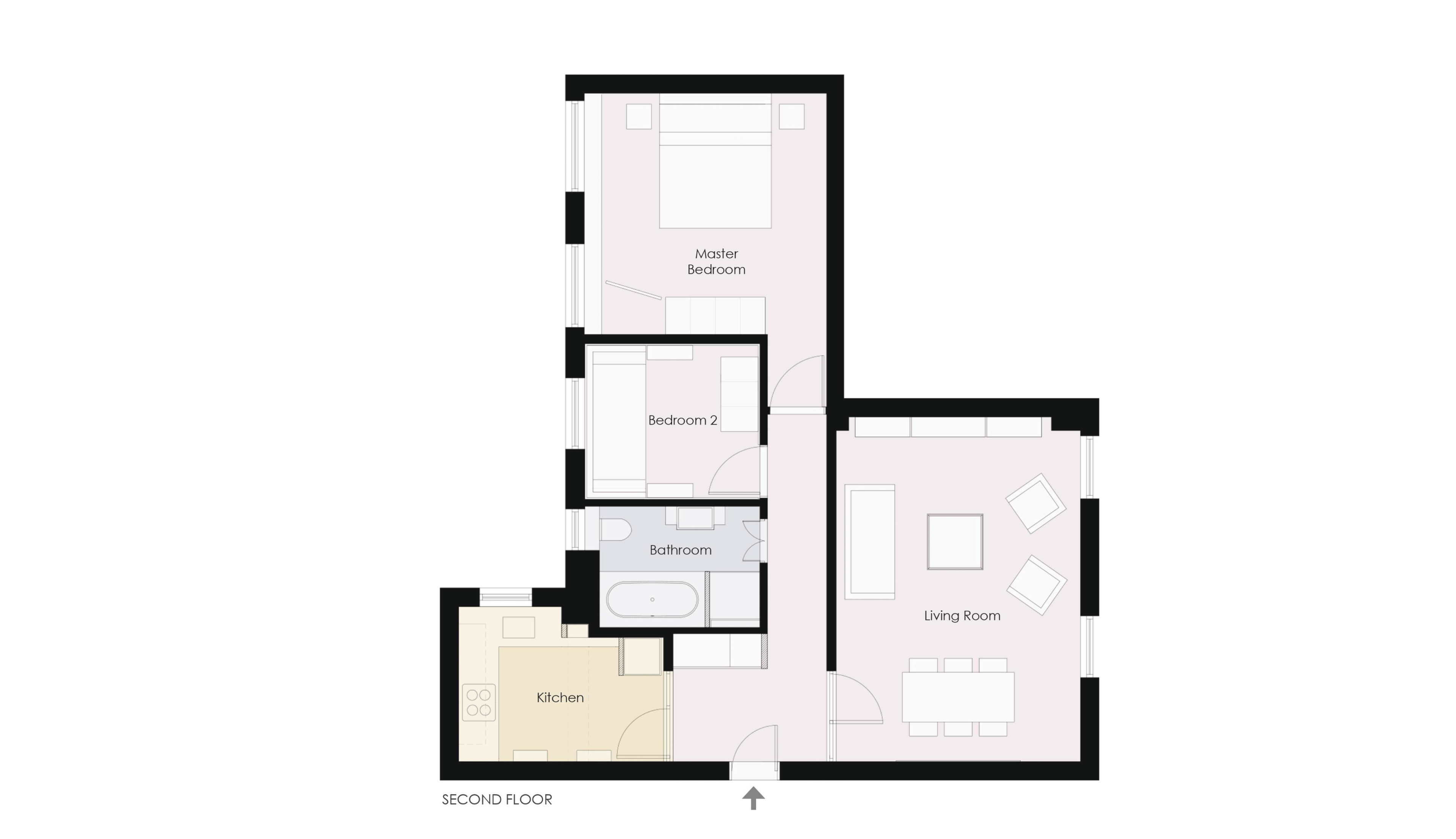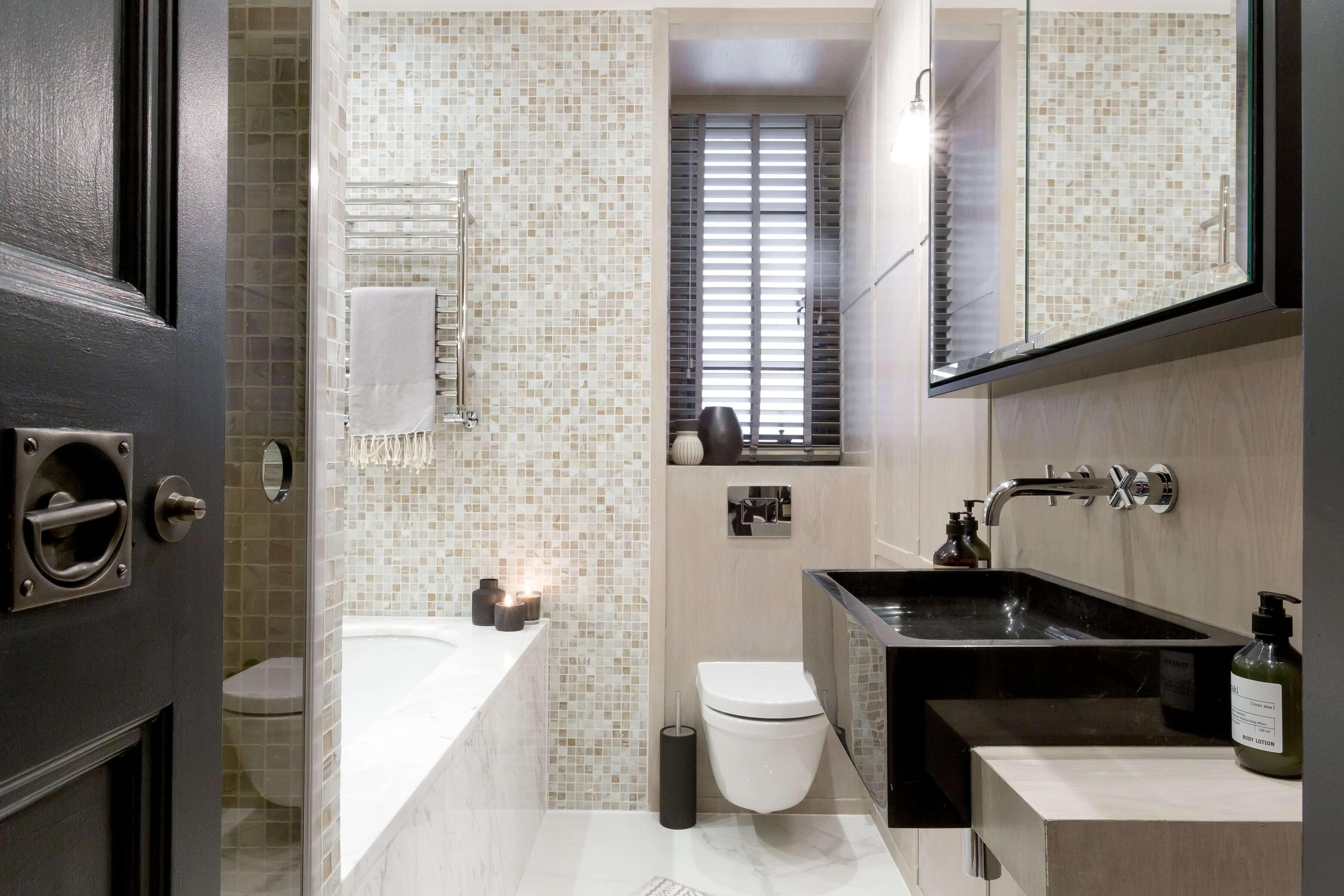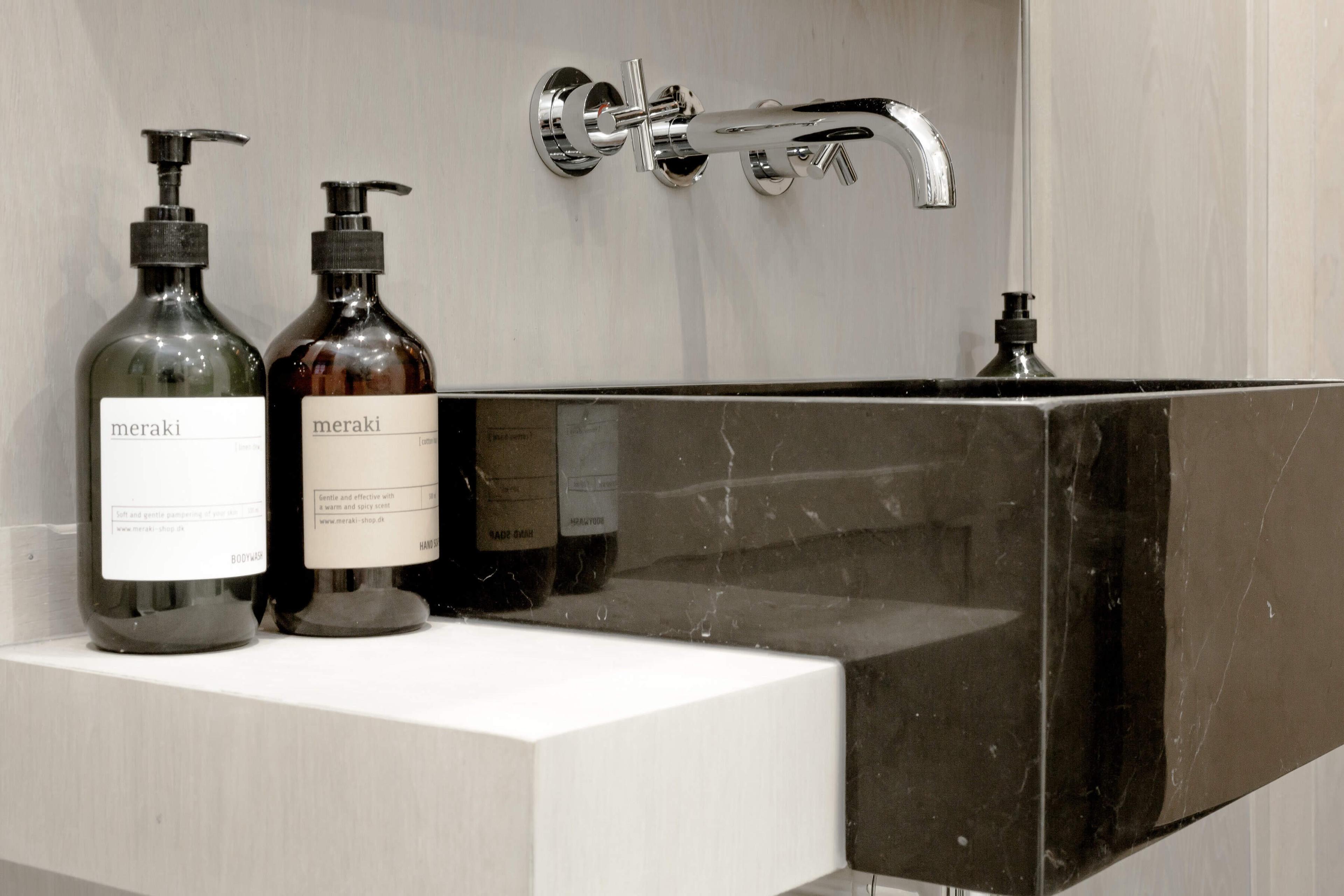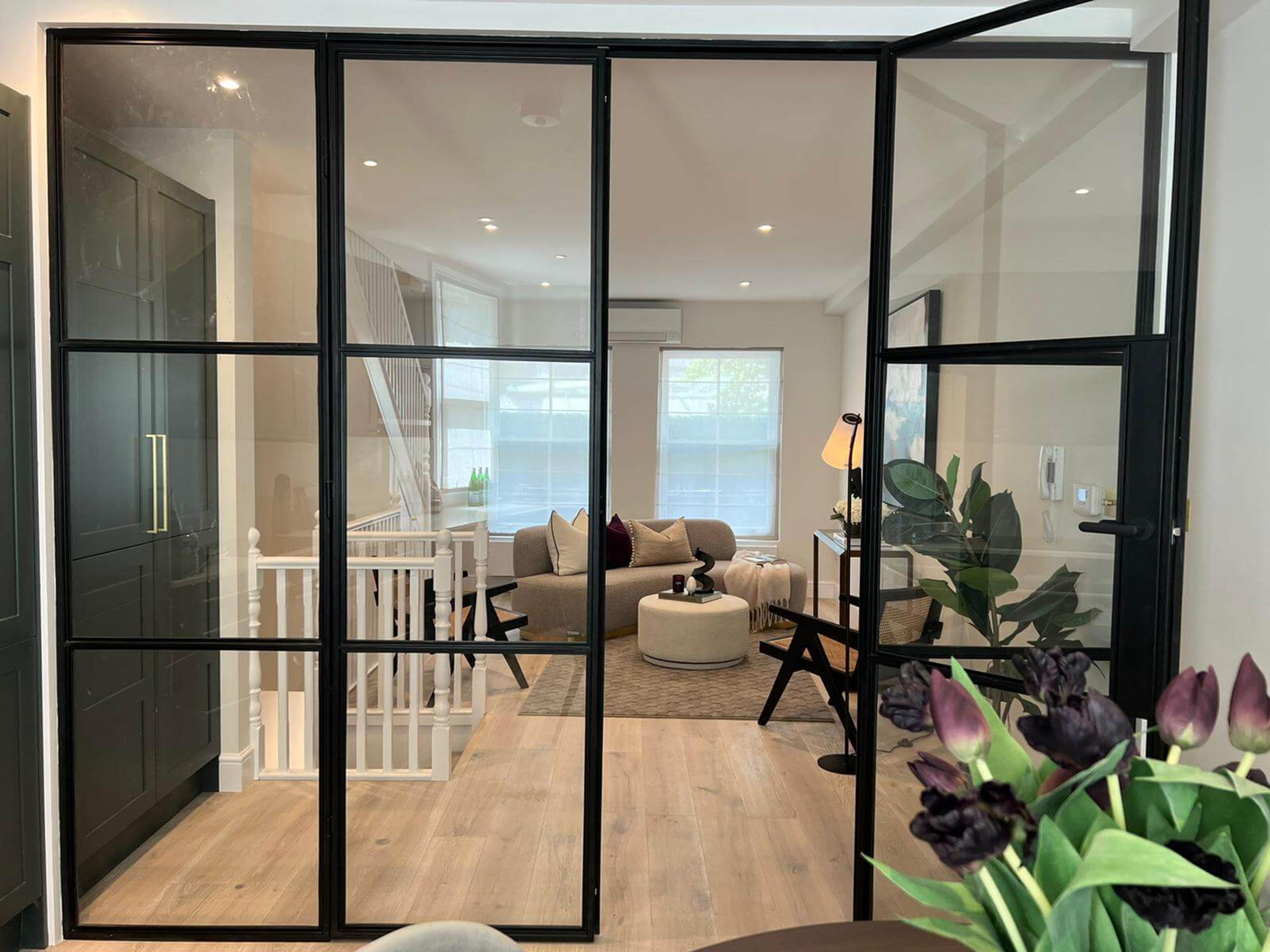
BLANCA MILANI is an expert in architecture and interior design, and the founder of Blanca Milani Ltd. Based in London, she has nearly a decade of experience in home renovations and office refurbishments. Her passion for timeless decors and impeccable attention to detail is evident in every project she undertakes. Blanca's unique perspective as an architect and interior designer allows her to balance aesthetics with functionality, creating spaces that are both beautiful and practical.

I believe there are many definitions of interior design. In my view, interior design is not just about decorating a space but creating an environment that represents the client’s personality and evokes a certain feeling in those who inhabit its spaces. Since much of my work in London involves house refurbishments, I believe that interior design and architecture have to be in a constant dialogue. The existing architecture of the house is a crucial factor in interior design, as it shapes the overall appearance and functionality of a home.
The goal of Fractal Homes is to design interiors that serve as backdrops to enhance the user’s experience, while allowing them to add their own personal touch. Fractal aims to create open and bright spaces that are contemporary and inviting.
In my opinion, it is essential for a house to reflect the personality of its owner while also complementing the surrounding environment. For me, the process of decorating a home is more about identifying its unique needs rather than simply following trends.
Looking ahead, there is a growing movement towards utilizing eco-friendly materials in interior design. The market now offers an impressive variety of textures that can rival natural materials. Additionally, I see that reusing antiques is a way to combat climate change. Luckily in England there is a long tradition of using antiques in interior design. The high value placed on antiques makes it easy to find real treasures. Refurbishing and incorporating these items into a home is a practice that is gaining popularity among younger designers. There is also a renewed appreciation for craftsmanship, with people gravitating towards small-scale production, which has a positive impact on the environment too.
In terms of design trends, interior designers and architects are increasingly collaborating with furniture and houseware brands. This allows the designers to ensure that every detail of the house is completed with a cohesive narrative.
I like to start the projects by taking the client’s brief and studying the intended use of each space. First, I consider the circulation flow to ensure that the main paths around the house are comfortable to walk and I question how the space can support the needs of the user whilst walking around the house. This helps me understand the type of joinery and furniture required and aids the setup of each room. Additionally, I prioritize storage as an important aspect of design aiming to anticipate the user’s needs and provide appropriate storage solutions in every room.
The use of the rooms is unique to each user and subject to constant change. Therefore, it is essential for me to consider the family structure or individual needs of those who will be inhabiting the house before embarking on the design process. Designing a pied-a-terre for a single professional differs greatly from designing a family home for a couple with young children.
There is an increased request from clients to have multi-functional rooms at home. With more people living abroad, it’s become essential to have a guest room that can serve another purpose when not being used by visitors. Furthermore, due to the rise of working from home during the pandemic, there has been a surge in requests for small home offices that can be practical and discreetly tucked away in any corner of the house. It’s now vital to keep in mind that every home should have at least one space designated as a home office.
In situations where the space is limited and a separate room is not an option, it can be challenging to keep a home office tidy. As a designer, I must be creative and think of design solutions to conceal clutter while not working.
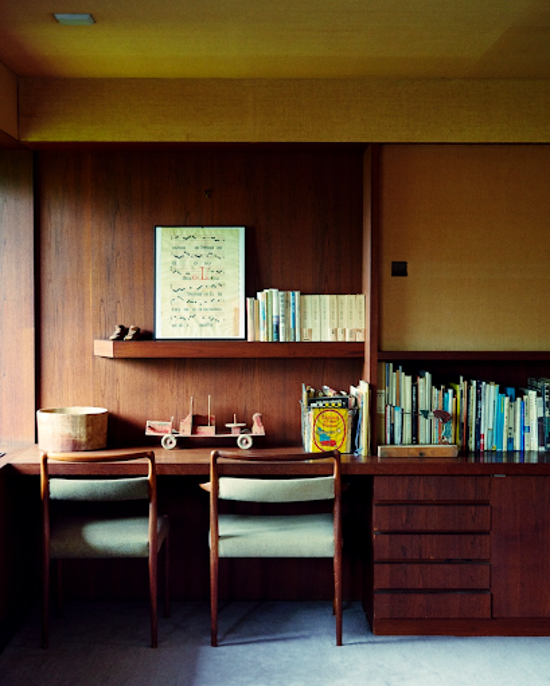
Example of discrete home office | Link here
Nowadays, the true luxury lies in having ample space. To achieve this, bespoke joinery is important to cleverly hide clutter and suitably furnish the rooms to their purpose. The use of colour is also crucial in creating the desired atmosphere; warm inviting colors like dark hues for a relaxing room or happy light colors for the bathroom to enhance the natural light. In bedrooms, I prefer to keep design simple and tidy, concealing wardrobes as much as possible.
Having a larger room does not necessarily mean it will feel more spacious. It is more important to consider the use of the room and size it accordingly. For instance, a cozy library is ideal for escaping the winter chill, maybe connected through double doors to a reception room to create two separate spaces instead of a large cold room. Additionally, in London where natural light is scarce, I pay close attention to decorating and furnishing to ensure they complement and integrate the outdoor surroundings and natural light.

Warm media room designed by Commune design | Link here

Cozy bedroom designed by Beata Heuman | Link here
When I approach design, I like to empathize with the user and envision how they will utilize the space. I often ask practical questions to the client such as where they typically leave their keys or if they request guests to remove their shoes by the entrance. As the design comes together, accessorizing becomes essential to complete the scheme. This involves selecting mirrors, small furniture pieces, table lamps, hooks and other decorative items to support the functionality of the house. These playful elements can bring character to a room, whether it’s adding a touch of fun to a formal sitting room or incorporating a vintage mirror to give weight to a cloakroom. While it may be tempting to overlook this final decorating stage, I believe it is a crucial aspect of the design process and can have a significant impact on the overall aesthetic of the house, just as important as selecting the right wallpapering or window frame.
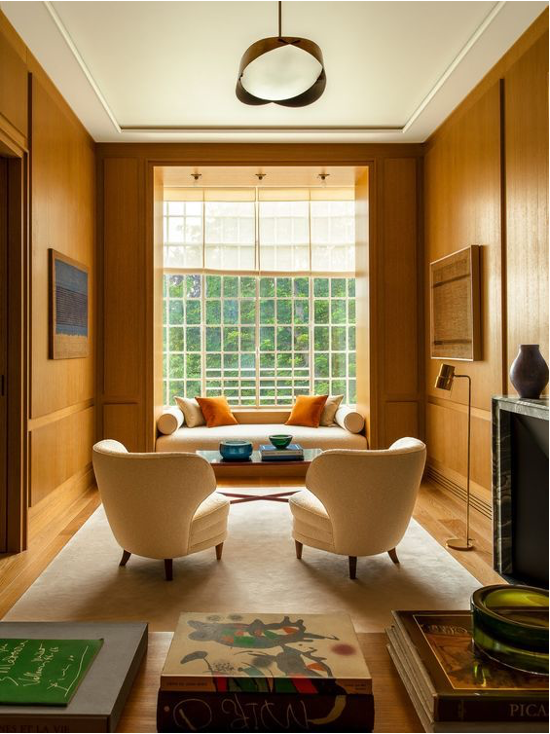
Example of functional and tasteful furnishing | Link here
For me, luxury design involves meticulous attention to detail. The house should provide a comfortable and happy environment for the user in the background. Every nook should be taken into consideration to ensure that the user has the necessary support.
I believe that storage is of utmost importance in today’s society, where everyone has a lot of possessions and the price of the floor space is constantly increasing. Designers must be imaginative in finding space for storage where there is none, and integrate it seamlessly into the overall design of the house. Luxury, to me, is finding the right balance between quality design and practicality.”
At Fractal Homes, we create exceptional living spaces that inspire, delight, and exceed expectations. We hope that Blanca's insights have given you a better understanding of the interior design process and how it can elevate the overall experience of living in a home. If you need advice from an expert, reach out to Blanca via email at info@blancamilani.com or on Instagram @blancamilani.




